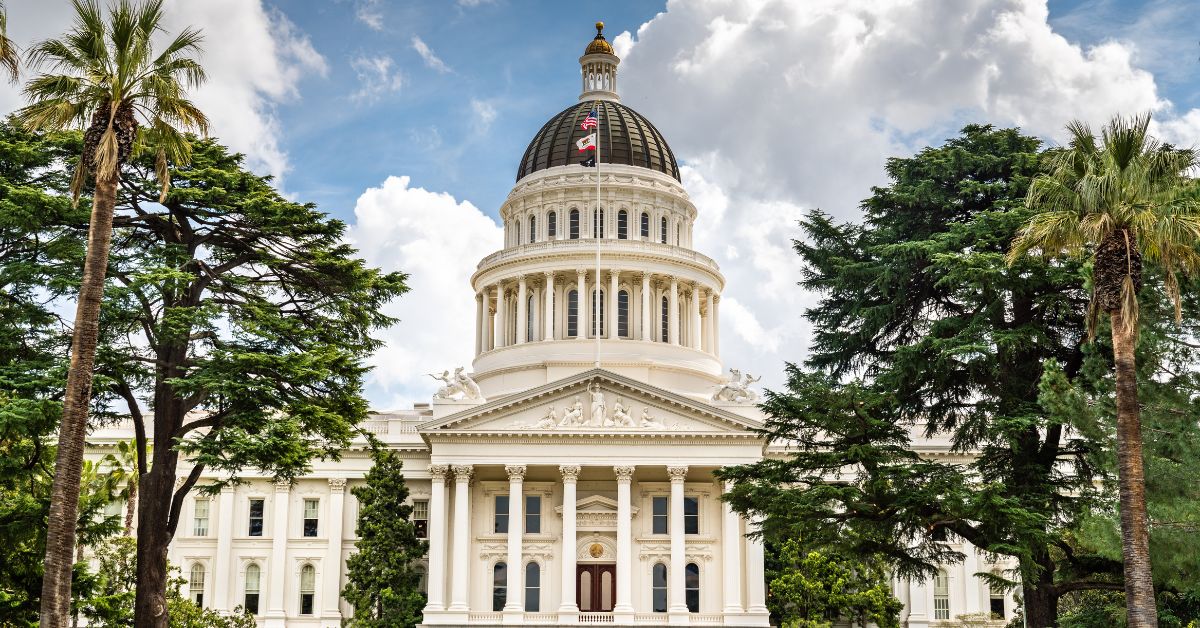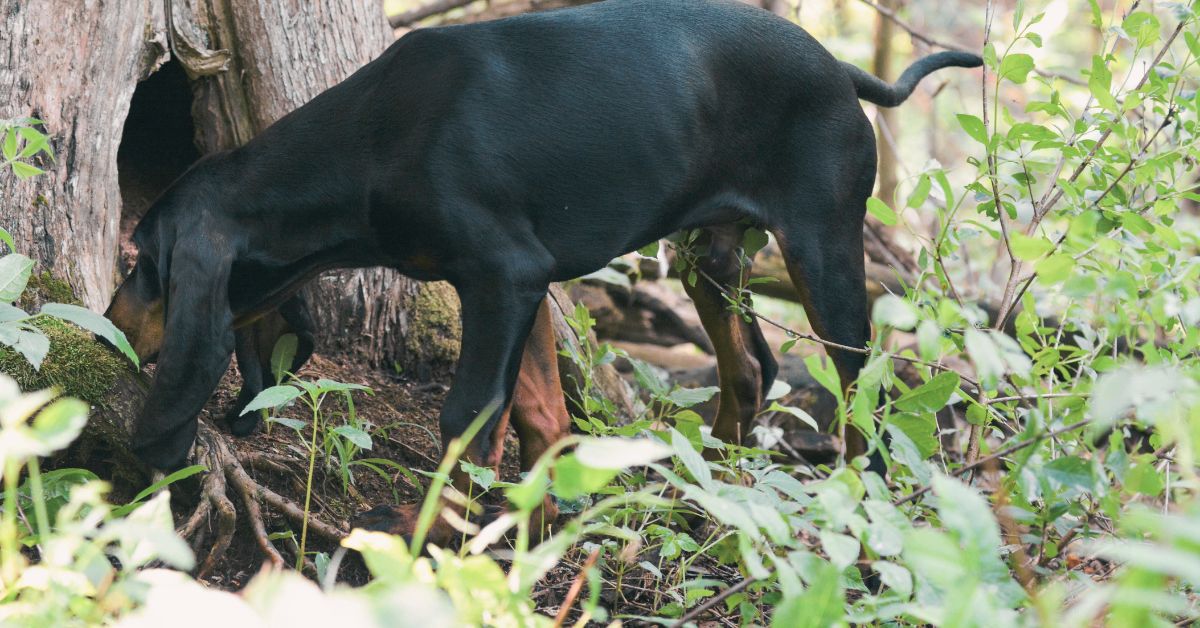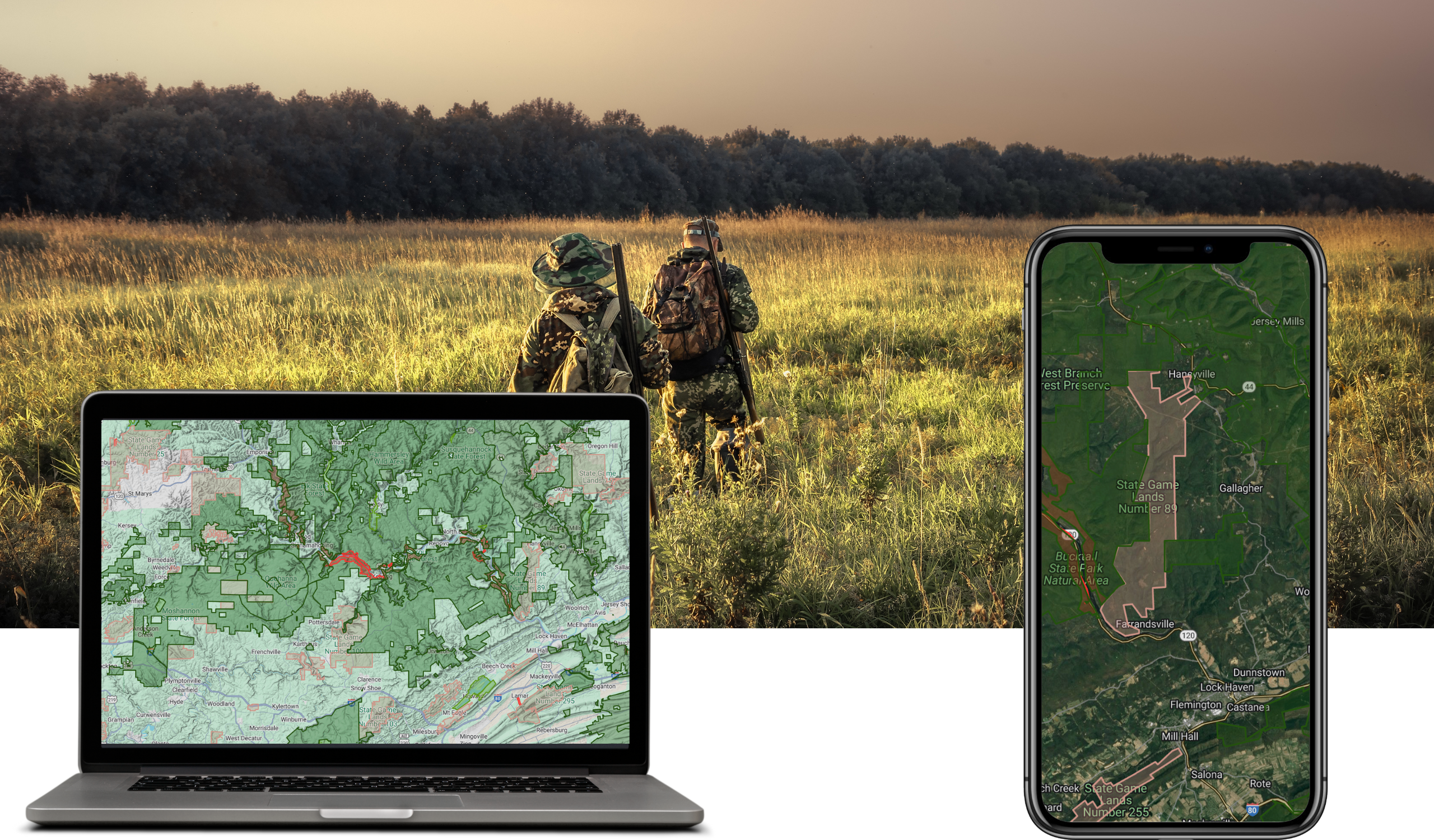
California’s black bear population has surged to record numbers, with estimates now ranging between 60,000 and 80,000, more than double what it was just a decade ago. As bear encounters become more frequent and dangerous, including California’s first confirmed fatal black bear attack in 2024, policymakers are searching for solutions that balance public safety with responsible wildlife management.
Assemblywoman Heather Hadwick (R-Alturas) has introduced Assembly Bill 1038, a measure designed to mitigate human-wildlife conflicts by reintroducing a pursuit season using trained dogs to haze bears.
The goal is to restore a natural fear response in the bear population, keeping them out of suburban and urban areas while reducing pressure on prey species like deer. To gain deeper insight into AB 1038—what it actually does, why it’s needed, and how it could benefit both hunters and non-hunters—Hunterizer sat down with Assemblywoman Hadwick for an in-depth discussion.
Understanding the Divide Between Hunters and Non-Hunters
Hunterizer: You grew up in rural California and had early exposure to hunting. How do you think that shaped your perspective, and how does it differ from urban views on wildlife?
Hadwick grew up in Dorris, a small town near the Oregon border with a population of about 800 people. Unlike many urban residents who only experience wildlife in parks or zoos, her community was deeply connected to the outdoors.
“I started dating my husband when I was 15, and most of our dates were spent scouting for deer or duck hunting,” she said. “I didn’t grow up hunting myself at first, but once I got involved, I fell in love with the outdoors. Now, I have a house full of boys, and our life revolves around hunting, fishing, and competitive shooting.”
Hadwick’s firsthand experience with hunting and wildlife management has given her a very different perspective than many legislators in Sacramento.
“I never really thought about hunting as something unusual until I got into politics,” she admitted. “Then I realized how many people have never been around it and don’t understand why it’s so important—not just culturally, but as a tool for managing wildlife.”
This divide between hunters and non-hunters has contributed to misconceptions about wildlife management.
“There’s a lot of misinformation out there,” Hadwick said. “The first thing I do when people come into my office opposing this bill is ask them, ‘Where do you live?’ Nine times out of ten, they’ve never even seen a bear in the wild. They’re making assumptions without understanding the reality of living in bear country.”
Hadwick believes that misconceptions about bears have contributed to dangerous human-wildlife interactions.
“I think that’s a common misconception,” she said. “I go to Tahoe a lot, and there are people standing right next to bears, taking pictures, even letting their toddlers get close. They don’t realize that a bear can be unpredictable. That’s not safe—for them or the bear.”
Why AB 1038 Is Needed?
Hunterizer: California’s black bear population has been increasing rapidly, leading to more human-wildlife conflicts. Why do you believe AB 1038 is the right solution to address this issue?
At its core, AB 1038 is about restoring balance, not increasing hunting opportunities. Hadwick stressed that this bill is not a backdoor attempt to reinstate hound hunting for sport, as some opponents have claimed. Instead, it focuses on hazing bears to reintroduce a natural fear response, preventing them from becoming too comfortable around humans.
“We have to do something,” Hadwick emphasized. “The bear population is growing unchecked, and we’ve seen the impacts, not just on human safety but also on other wildlife.”
“This isn’t a situation where bears are running out of space and being forced into towns. It’s that they’ve learned that being around people is easier than staying in the wild,” she explained. “They’re getting food from garbage cans, from porches, from inside homes. Once they get rewarded for coming near humans, that behavior doesn’t go away—it escalates.”

She added that preventing this behavior early is key to keeping both bears and people safe.
“The goal isn’t to get rid of bears—it’s to keep them wild. If they stay in the forests and avoid people, they don’t get euthanized later when they become a threat. Prevention is always better than reaction.”
One of her biggest concerns is the decline of migratory deer herds in Northern California, a problem she believes is directly tied to the growing predator imbalance.
“Our deer herds have just plummeted in the last five, six, seven years,” she explained. “And that’s not just because of habitat loss. Predation plays a huge role.”
Bears, along with mountain lions and wolves, have put increased pressure on deer populations, something that has been widely underestimated in California’s wildlife management decisions.
“We’re managing for one species a lot of times,” Hadwick noted. “And I don’t think that’s a good way to balance our wildlife.”
“The goal isn’t to get rid of bears—it’s to keep them wild. If they stay in the forests and avoid people, they don’t get euthanized later when they become a threat. Prevention is always better than reaction.”
How Hazing With Dogs Keeps Bears Wild?
Hunterizer: Opponents of AB 1038 argue that hazing with dogs is cruel or unnecessary. Can you explain how this method works and why it’s an effective way to keep bears wild?
In the wild, survival is often dictated by fear—an animal’s natural instinct to avoid danger. Hazing with dogs mimics this natural dynamic, reinforcing a healthy fear of predators that helps keep bears from becoming dangerously comfortable around humans.
Historically, bears faced pressure from wolves, dominant bears, and other predators, forcing them to remain on edge and avoid potential threats. This instinct is crucial for survival, as it keeps them away from dangerous areas and reduces conflicts with other animals. But as these natural pressures have faded, bears have lost their fear of humans, leading to more frequent and often dangerous encounters.
“I’ve seen more bears in the last five years than I had seen in my entire life before that,” Hadwick shared. “And I grew up in bear country. It’s just not normal. Game wardens and trappers see them every day now, and that’s not how it used to be.”
Hazing restores this natural balance by using trained dogs to safely pressure bears into retreating. The chase replicates a natural predator-prey interaction, reinforcing the idea that certain areas are unsafe. The key difference? No harm is done to the bear.

“The dogs are trained to chase and pressure the bear just enough to make it retreat, but never to engage physically,” Hadwick explained. “They’re not attacking, and they’re not hurting the bear. This is about reintroducing a natural avoidance behavior—something we used to have when bears had more natural predators.”
Some opponents misinterpret hazing as cruel, but this misunderstanding ignores the role of short-term stress in animal survival. Predators routinely chase prey in the wild, and animals that fail to respond appropriately to threats risk their survival. The momentary stress from hazing is far less harmful than the alternative—bears losing their fear of humans and being euthanized after becoming a public safety risk.
“If we don’t intervene, bears keep getting bolder,” Hadwick warned. “And then when they break into homes or become a danger, the only option left is euthanizing them. That’s not what we want. The whole point of this is to keep bears wild and alive—so they don’t end up having to be removed.”
Hadwick also emphasized that hazing is not a new or experimental method.
“CDFW (California Department of Fish and Wildlife) already uses hounds for managing problem bears,” she said. “This is a tool they already rely on, but under current rules, they can’t use it proactively. That doesn’t make sense.”
For Hadwick, the ultimate goal of AB 1038 is to prevent human-wildlife conflicts before they escalate.
“We don’t want more bears being put down because they’ve lost their fear of people,” she said. “We want to keep them in the wild where they belong.”
The Role of Science vs. Politics in Wildlife Decisions
Hunterizer: Do you feel that the Fish and Game Commission relies on science when making wildlife management decisions, or is politics playing too big of a role?
Hadwick didn’t hesitate in her response.
“I would love for it to be more science-based,” she said. “But I don’t think they get to use science fully. The Fish and Game Commission is entirely appointed by the governor, and there’s only one representative from Northern California. They don’t live with bears. We do. But they’re the ones making the decisions.”
She also expressed frustration that many of California’s wildlife management decisions cater to political pressure instead of real-world data.
“Our bear population has exploded, but if you ask certain groups, they’ll say bear numbers are stable. That’s just not true,” she said. “The facts say otherwise. But when you have a loud, well-organized opposition, it becomes more about public pressure than science.”
Public perception of hunting also plays a significant role in shaping wildlife policies, often leading to decisions that contradict data-driven conservation strategies. According to a 2024 survey from Responsive Management, 76% of Americans approve of legal hunting, but many lack exposure to its role in conservation.
Hadwick believes this disconnect is a major issue.
“People who live in cities often don’t see the connection between hunting and conservation,” she said. “They don’t see the impact of predator populations on our deer herds, or how hunting funds conservation programs. They think of hunting as a sport, but for many of us, it’s a way of life and a tool for balance.”
Handling Criticism and Staying Committed to Dialogue
Hunterizer: Your bill has sparked strong reactions, with some groups opposing it outright. How have you handled the criticism, and what do you say to those who misunderstand its intent?
Hadwick acknowledged that the criticism surrounding AB 1038 has been difficult. As a controversial topic, the bill has drawn strong opposition from animal rights groups and those unfamiliar with the realities of bear management.
“I hate that they are tearing me apart in the media, but they don’t know me. They don’t know my heart. They don’t know my district,” she said.
Despite the polarization surrounding the issue, Hadwick remains committed to open dialogue and believes that more discussion—not less—is the key to effective wildlife management.
“I had people come into the office the same day that we introduced the bill, and immediately I was like, ‘Let’s set up a meeting. Let’s talk,’” she said. “Because if we don’t have these conversations, nothing gets solved.”
Hadwick also emphasized that effective wildlife management should be proactive rather than reactionary. Without open discussions, policy decisions become driven by misinformation and public pressure instead of science.
“I think the biggest challenge we face is that we’re often managing wildlife based on emotion rather than science. The loudest voices tend to influence policy, even if they don’t live with these issues every day.”
Instead of pushing back with anger or counter-aggression, Hadwick takes a diplomatic approach, inviting opponents of the bill to learn more firsthand.
“I wonder if I could talk to them, or show them, or get them to go on a hunt, or get them to see the family that they’re feeding and look at my freezer,” she said. “We don’t talk about these things enough, and the more people actually experience it, the more they understand why responsible wildlife management matters.”
Hadwick hopes that more conversations and firsthand experiences will bridge the divide between urban policymakers and rural communities who live with these wildlife issues every day.
Final Thoughts
At the heart of AB 1038 is a simple goal: keep bears wild while ensuring public safety and ecological balance.
“We’re not trying to eradicate bears,” Hadwick said. “We’re trying to restore a healthy balance, for bears, for deer, for hunters, and for the communities that live alongside them.”
As the debate over AB 1038 continues, one thing is clear—California’s bear population isn’t slowing down, and finding a responsible, science-driven solution is more critical than ever.
About Hunterizer
Hunterizer is a hunting map and regulation tool designed to help hunters easily navigate where, when, and what they can hunt. Our platform provides detailed, up-to-date maps of public hunting lands, species-specific season dates, and regulation summaries to ensure hunters stay compliant with state laws.
In addition to mapping and regulation tools, Hunterizer delivers relevant news and insights to the hunting community, covering legislative updates, wildlife management issues, and conservation efforts that impact hunters.
Whether you’re planning a trip, checking last-minute regulation changes, or staying informed on key hunting topics, Hunterizer makes hunting information accessible and easy to use.

My name is Brent Dolby, and I am very fortunate to say that I am a third generation livestock producer in Modoc County. I have also been a hunting guide most of my adult life. I strongly support AB 1038 for the fact that this is a good commonsense tool! You cannot have wildlife without management!!!
Hi Brent Dolby,
Thanks for visiting us at Hunterizer and for supporting the bill.
Together we should bring more common sense of wildlife management and conservation to Sacramento.
Before governor brown stopped bear hunting with dogs there was a quota and when it was reached they closed the season and there was always plenty of bear to hunt every year that’s called management and it worked let’s do it again